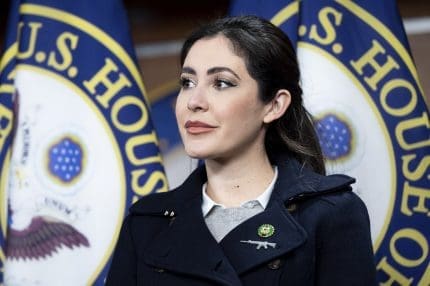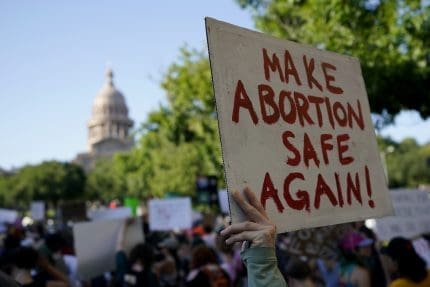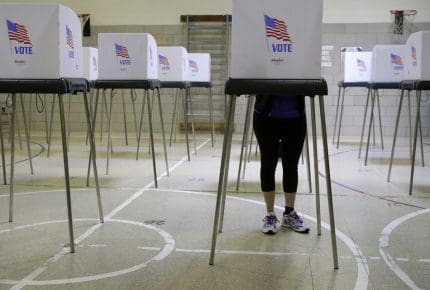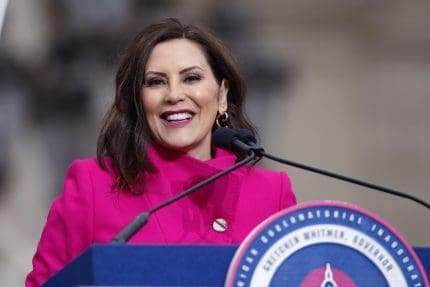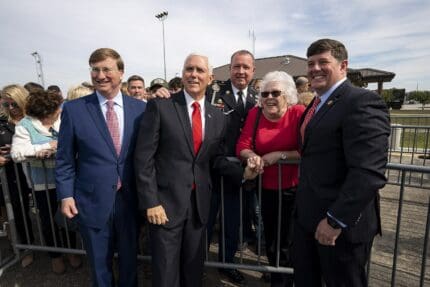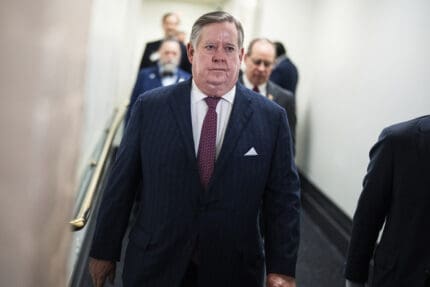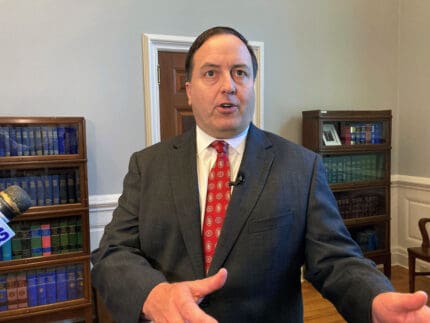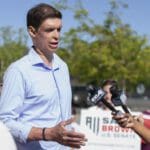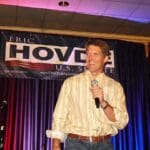GOP keeps blaming impeachment for Trump's refusal to take outbreak seriously
A timeline of Donald Trump’s impeachment and his bungled response to the coronavirus pandemic make clear one had nothing to do with the other.
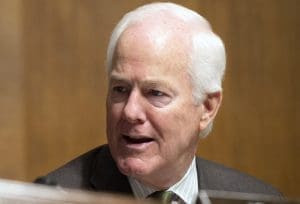
Republican leaders have concocted a new excuse to absolve Donald Trump of all responsibility for his administration’s slow and bungled response to the coronavirus outbreak: Blame impeachment.
On Tuesday, Sen. John Cornyn (R-TX) became the latest GOP leader to use the impeachment excuse.
Trump “did lose ‘precious weeks’ forced to defend himself against bogus impeachment charges,” Cornyn wrote on Twitter, responding to criticism from Rep. Adam Schiff (D-CA), who accused Trump of failing to take the growing o seriously in the early months of 2020.
Last week, Sen. Cory Gardner (R-CO) also blamed impeachment for a lax response, saying he wanted Congress to hold hearings on the topic but they would not because of impeachment.
However, a timeline of events shows that events don’t line up like Cornyn, Gardner, and other Republicans say they do.
Trump was able to focus on policy initiatives during the impeachment process, and even took a small step to address the outbreak, restricting travel from China, in the middle of the Senate impeachment trial.
However, evidence shows that Trump refused to take the outbreak seriously both during the impeachment process and for weeks following his acquittal.
Dec. 18, 2019
Trump becomes the third president in U.S. history to be impeached by the House of Representatives. The House impeached him for both obstruction of Congress and abuse of power.
Jan. 8, 2020
Chinese scientists identify a new coronavirus. At this time, there were no deaths linked to it.
Jan. 18, 2020
Health and Human Services Secretary Alex Azar tries to talk to Trump about the significance of the coronavirus. Trump did not want to discuss it, according to the Washington Post, and asked instead about when flavored vaping products would return to the market.
Jan. 21, 2020
The first confirmed case of the new coronavirus in the United States is reported in Washington state.
Jan. 22, 2020
The Senate agrees to impeachment trial rules, which will be the first in U.S. history to call no witnesses.
Jan. 27, 2020
White House aides meet with acting White House chief of staff Mick Mulvaney to discuss the coronavirus outbreak, according to the Washington Post. Mulvaney convenes regular meetings on the topic, but Trump is dismissive “because he did not believe that the virus had spread widely throughout the United States,” the Post reported.
Jan. 30, 2020
The World Health Organization declares a global health emergency.
Jan. 31, 2020
Trump issues travel restrictions from China in the middle of his impeachment trial.
Feb. 2, 2020
Trump downplays the significance of the ongoing coronavirus outbreak, saying “we pretty much shut it down coming in from China,” and adding, “So we’re gonna see what happens, but we did shut it down, yes.”
Feb. 5, 2020
The Senate acquits Trump on both impeachment counts, even though many Republicans say they agree Trump is guilty.
Feb. 10, 2020
Trump continues to downplay the severity of the situation, saying, “A lot of people think that goes away in April as the heat comes in.” Scientists have said there is no evidence for Trump to make such a claim.
On the same day, Trump added that, “We’re in great shape though. We have 12 cases, 11 cases, and many of them are in good shape.”
A recent story in the New York Times said that if the Trump administration had acted with more urgency, Ford Motor Company could have “reacted to the acute shortage of ventilators in February, [and] the joint effort between Ford and General Electric might have produced lifesaving equipment sometime in mid- to late April.”
Instead, ventilators will not be ready until mid-June.
Feb. 24, 2020
The Trump administration asks Congress for $1.25 billion to respond to the coronavirus outbreak.
On the same day, Trump once again claimed there was nothing to worry about, tweeting, “The Coronavirus is very much under control in the USA.”
Feb. 26, 2020
Trump predicts that the outbreak in the United States will be gone within days, saying, “When you have 15 people, and the 15 within a couple of days is going to be down to close to zero. That’s a pretty good job we’ve done.”
Feb. 29, 2020
The first confirmed death from the coronavirus is reported in the United States.
March 25, 2020
Less than a month after Trump’s prediction of infections going down to zero, there are at least 53,934 confirmed cases in the United States, according to the New York Times, and at least 728 people have died.
“Donald Trump may not have been expecting this,” one senior official told the Washington Post, “but a lot of other people in the government were — they just couldn’t get him to do anything about it.”
Published with permission of The American Independent Foundation.
Recommended

Biden campaign launches new ad focused on Affordable Care Act
Former President Trump has said he wants to do away with the popular health care law.
By Kim Lyons, Pennsylvania Capital-Star - May 08, 2024
Ohio doctors fear effects of emergency abortion care case set to go before U.S. Supreme Court
A federal law that allows emergency departments to treat patients without regard to their ability to pay will be under U.S. Supreme Court scrutiny this week, and Ohio doctors are concerned about the case’s local impact on emergency abortion care.
By Susan Tebben, Ohio Capital Journal - April 23, 2024
House GOP votes to end flu, whooping cough vaccine rules for foster and adoptive families
A bill to eliminate flu and whooping cough vaccine requirements for adoptive and foster families caring for babies and medically fragile kids is heading to the governor’s desk.
By Anita Wadhwani, Tennessee Lookout - March 26, 2024









